Different types of wool and their characteristics

There are different types of wool with different characteristics, some are very fine, others very soft, others have a greater ability to protect from the cold. The unique characteristic of all types of wool is thermoregulation. They allow moisture to evaporate outside and you always have a feeling of warm and dry.
These are the main wools used by CO.BI for its products:
- MERINO WOOL (or Merino) is a very valuable wool. It comes from special sheep farms accustomed to large temperature changes, bad weather and parasites. Thanks to this, this wool has special characteristics. First of all, it maintains body temperature without heating. In addition, Merino wool has a structure that prevents the proliferation of parasites (including mites) and has an absorbent effect, which allows moisture to evaporate outside. The yarns are light and thin.
- ANGORA WOOL : it is the softest wool, it comes from the hair of the Angora goat. It is a very soft and hairy yarn but it is not very resistant to the wear and tear of time. It is used in particular for fine garments and for children's garments.
- ALPACA WOOL : comes from the animal of the same name. It exists in nature in many shades from white to red to brown to black. It is very light and silky to the touch, and protects very well from the cold.
- ARGENTINE WOOL : comes from Argentine sheep and has unique characteristics: it is a very fine and soft wool, almost like cashmere but very warm.
- NORWEGIAN WOOL : It is thicker and more resistant than other wools and retains considerably more air than finer wool fibers. These characteristics make it perfect for heavy winter blankets. It is much rougher and more rustic than Merino or Angora wool but very very warm.
- CASHMERE WOOL : comes from a type of goat raised in Tibet and Mongolia. It is the undercoat, also called "Golden Fleece". It is a very fine wool that protects very well from the cold, because inside its fibers, there is a structure with a kind of air chamber. Its softness is exceptional.


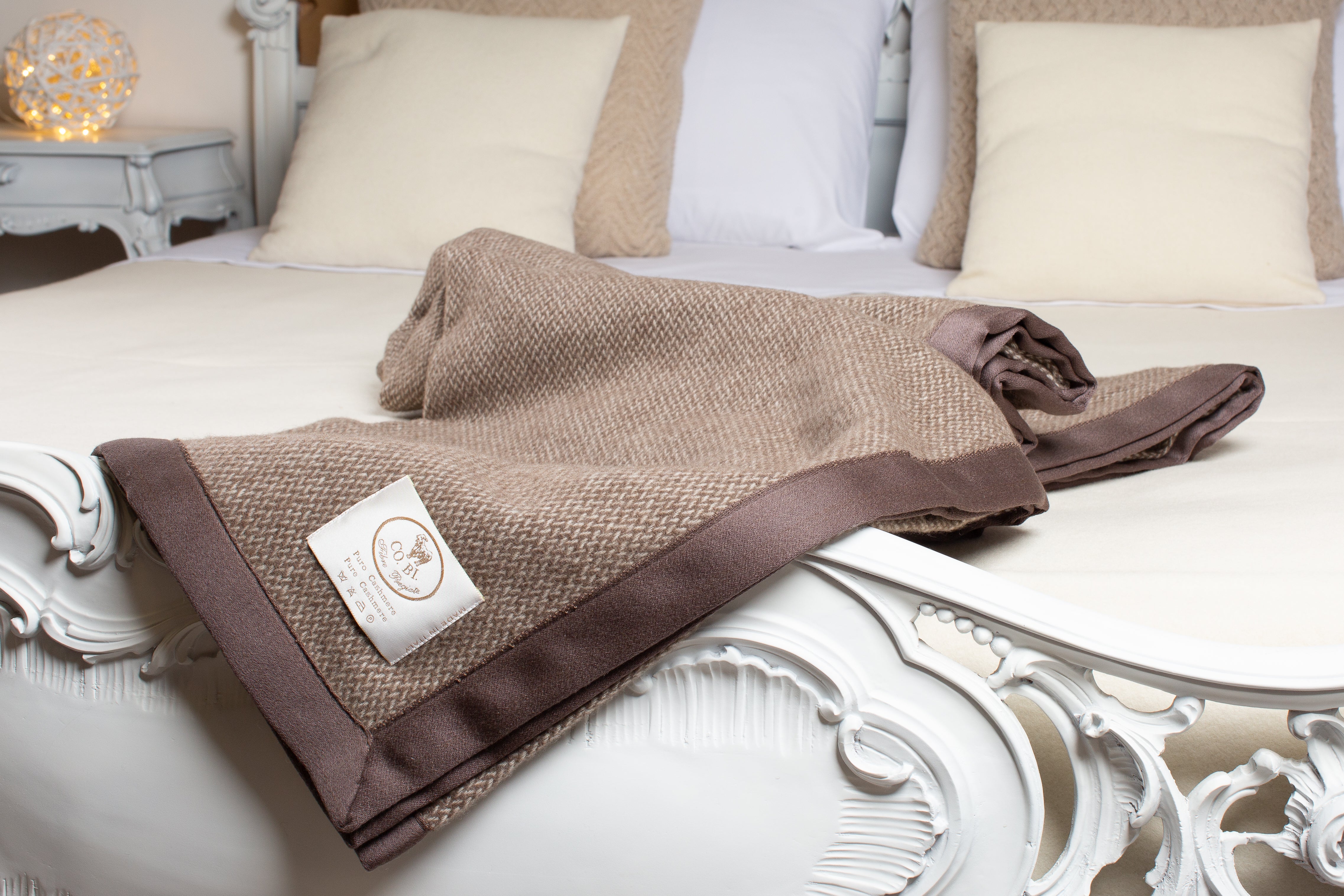
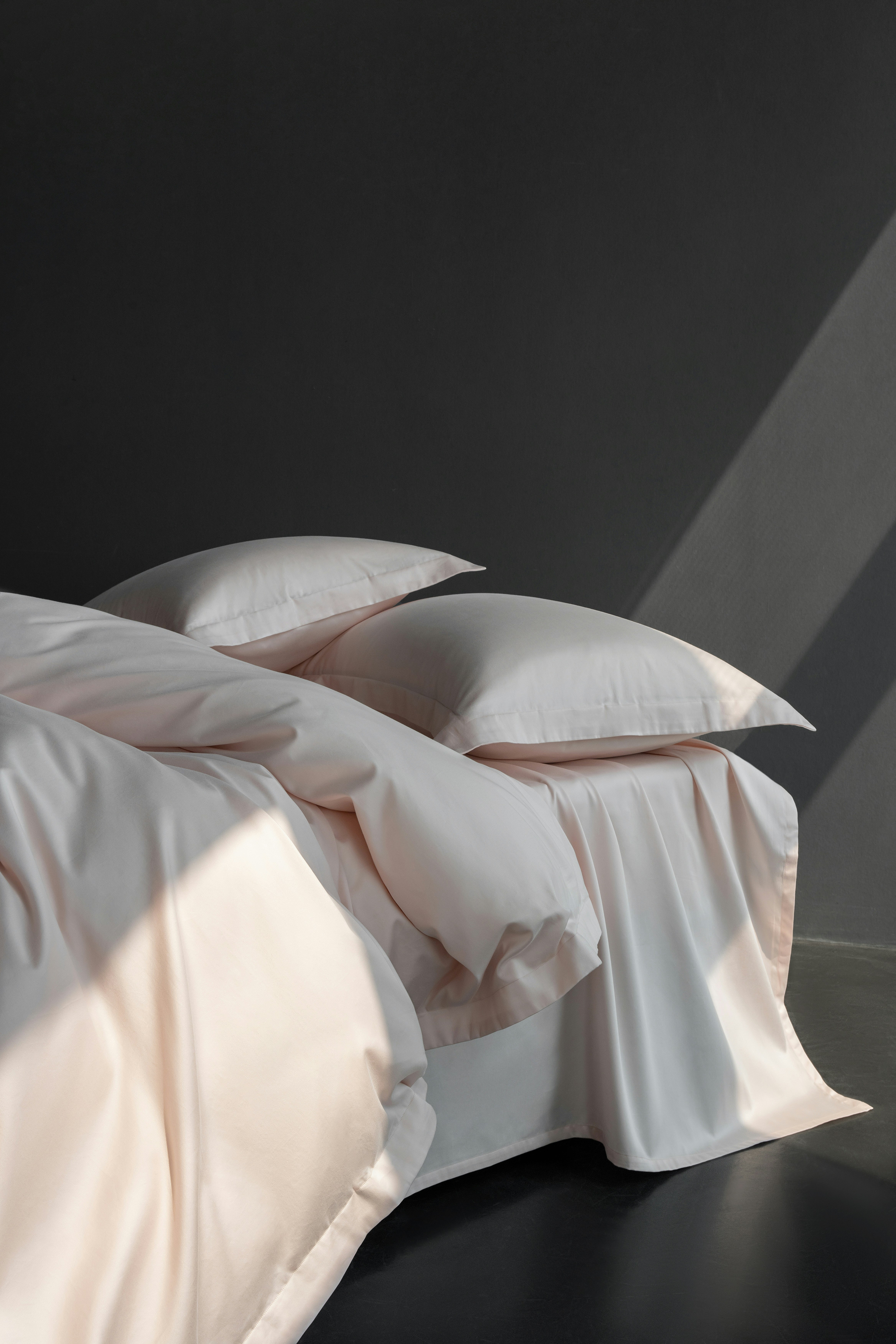
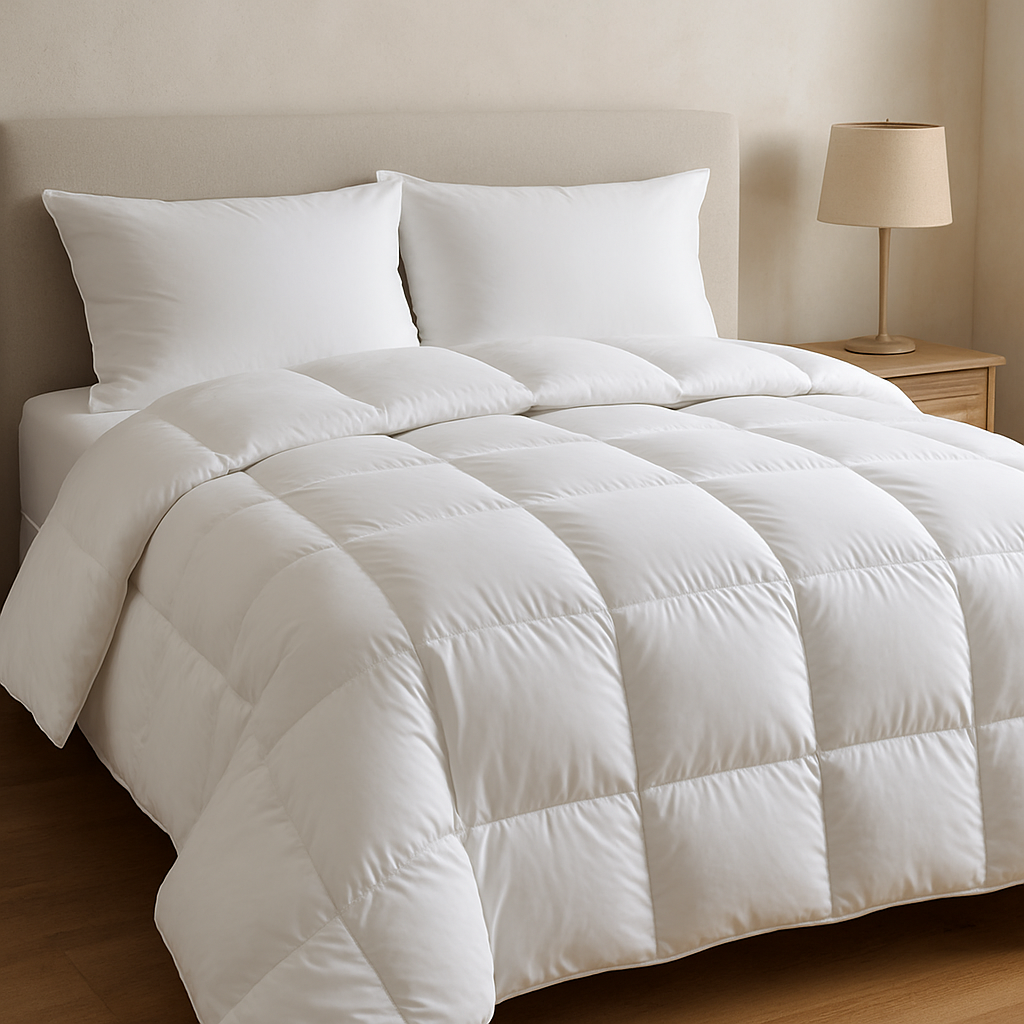

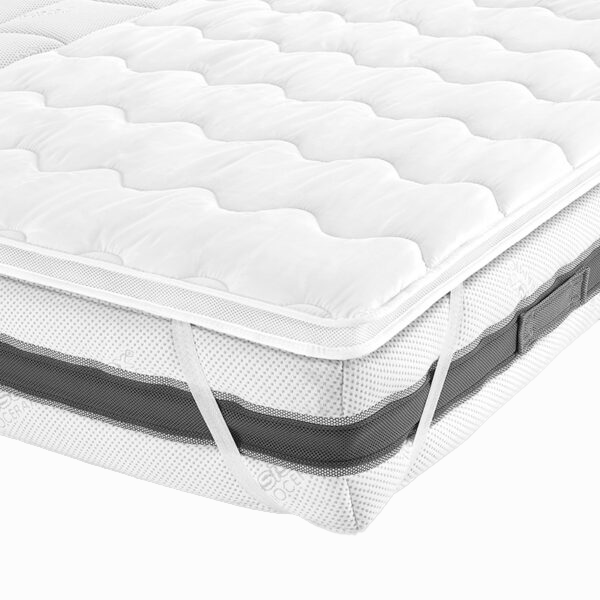
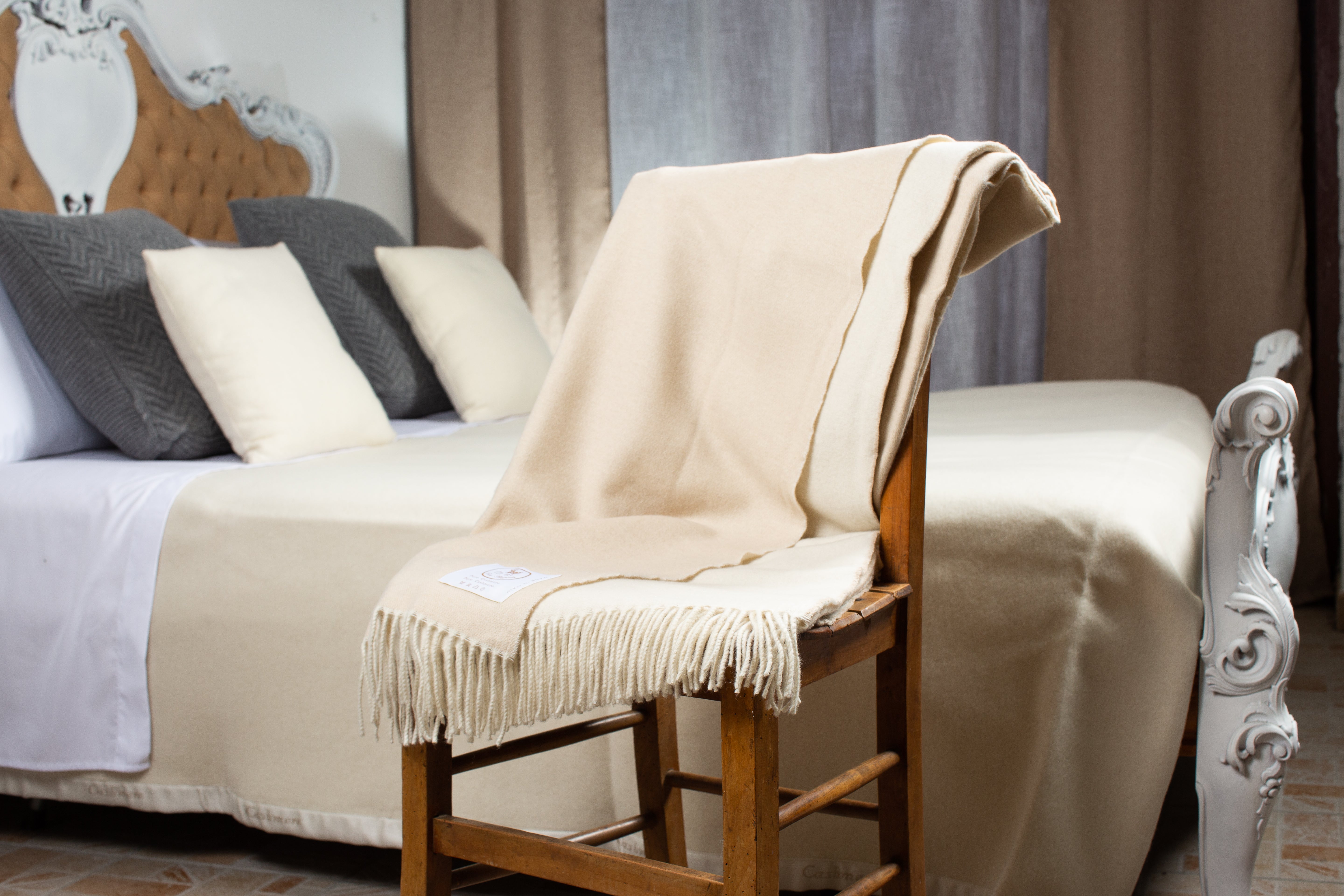


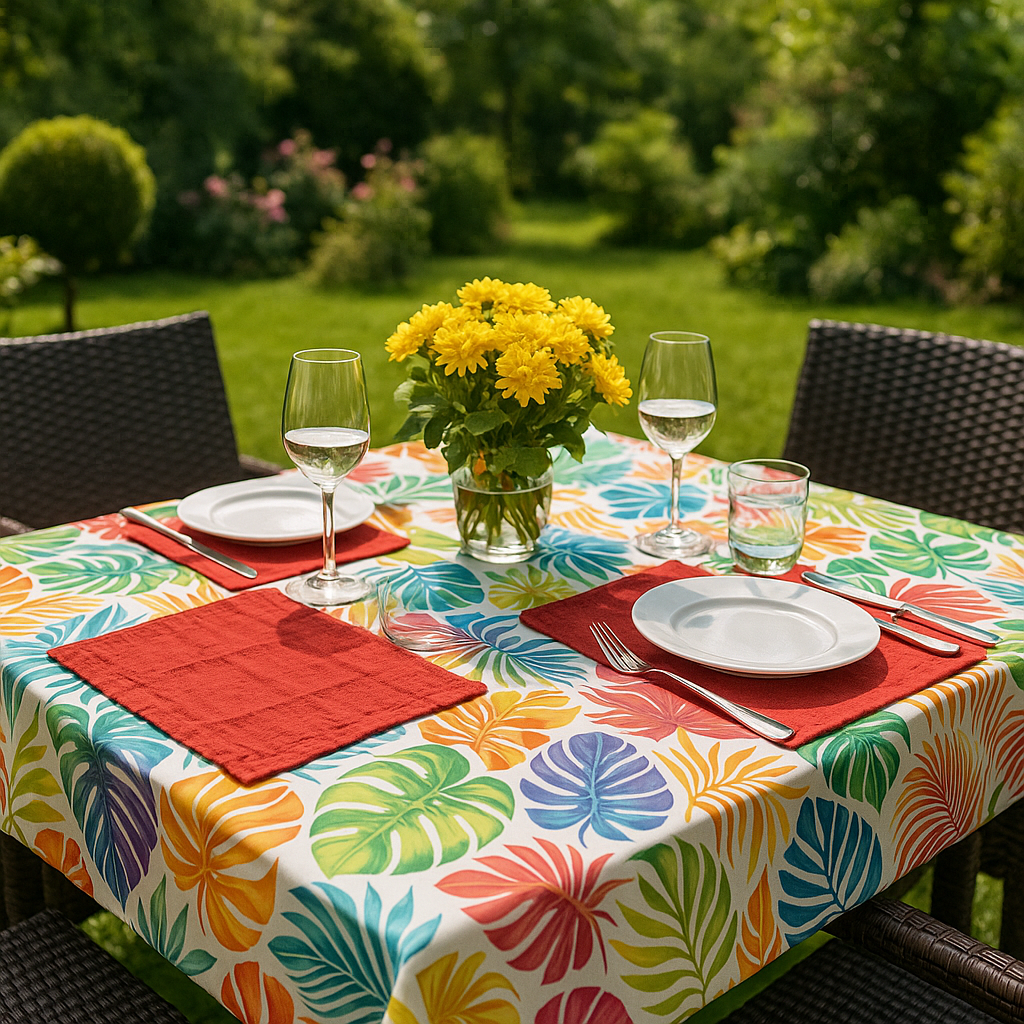
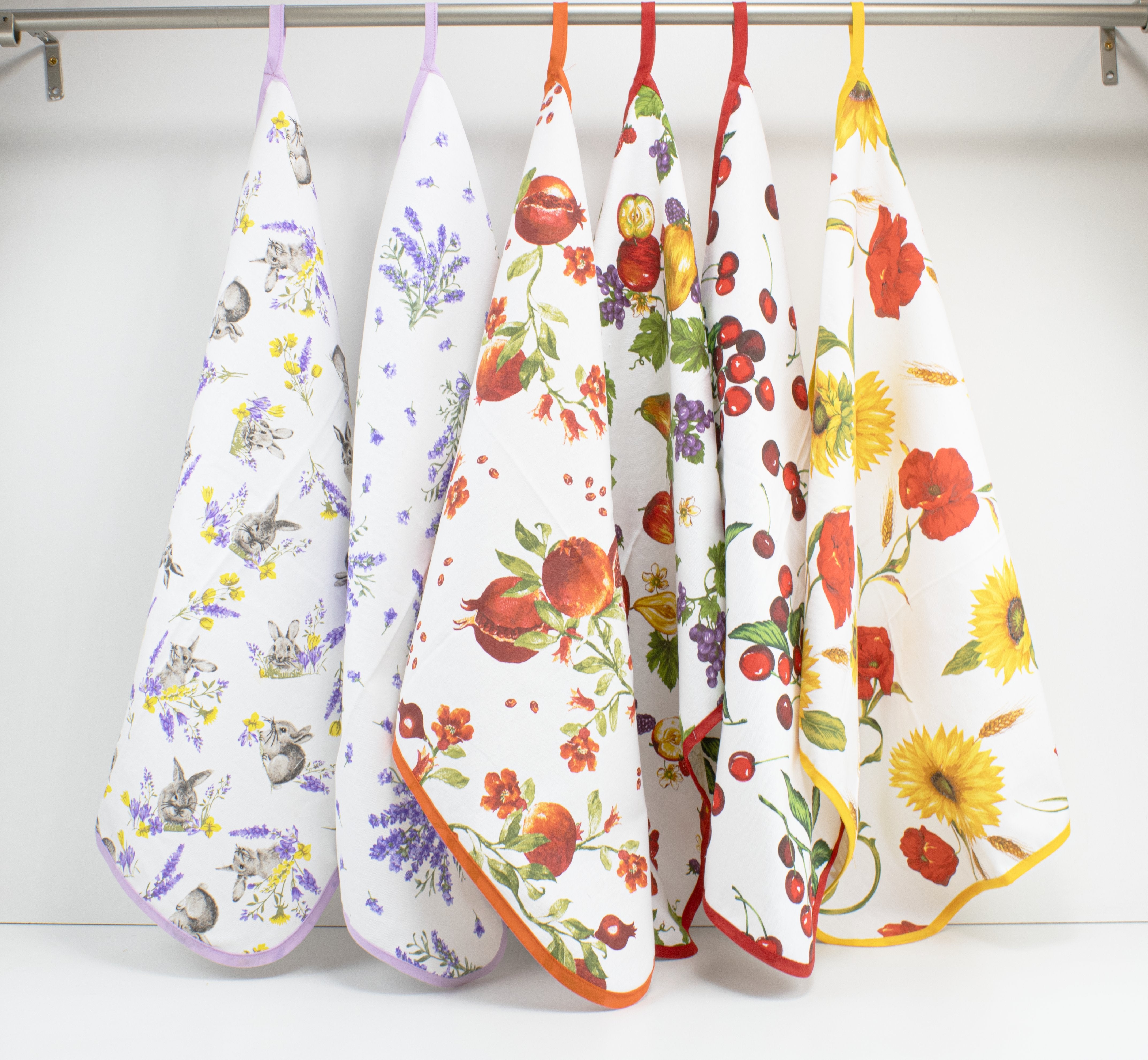

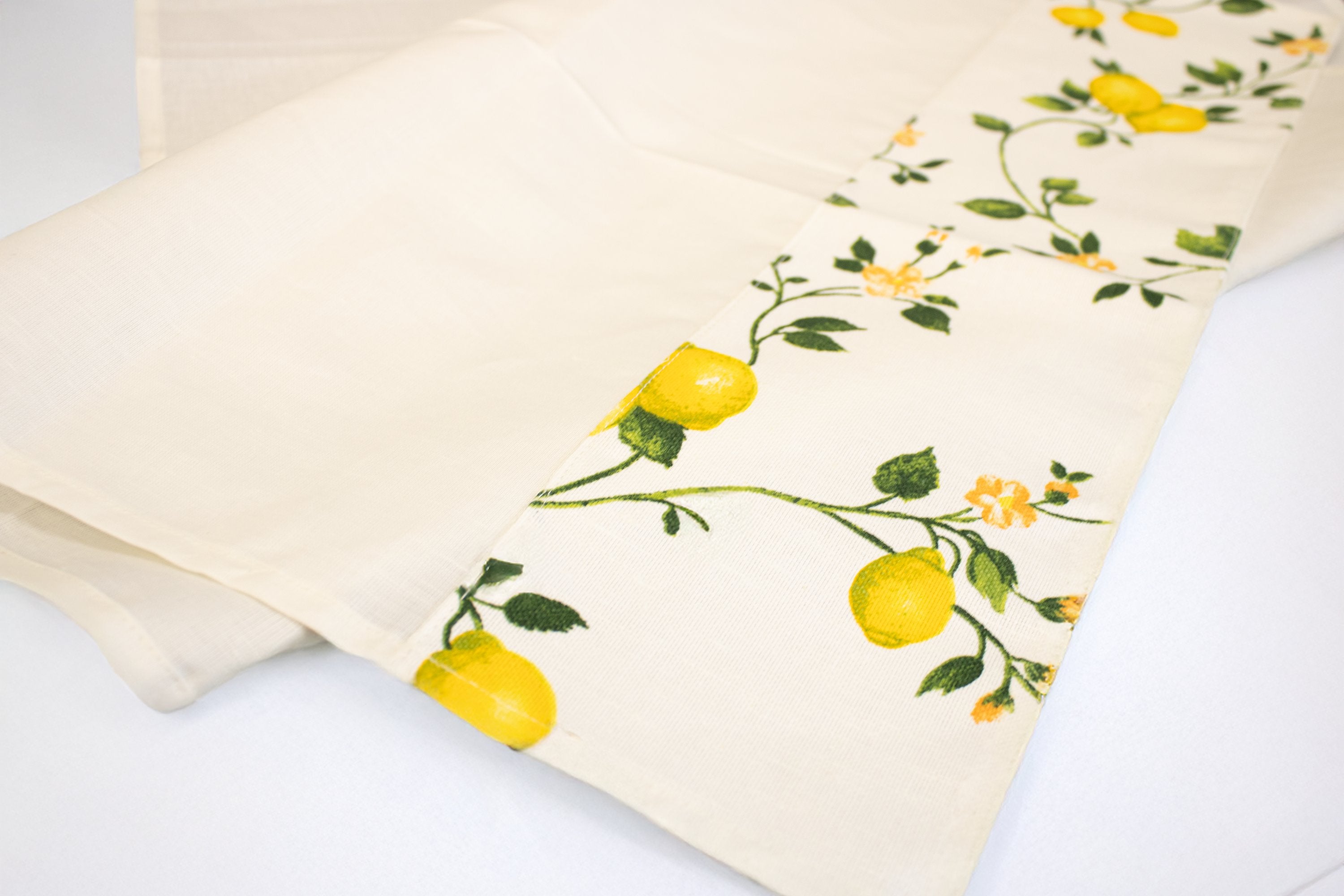
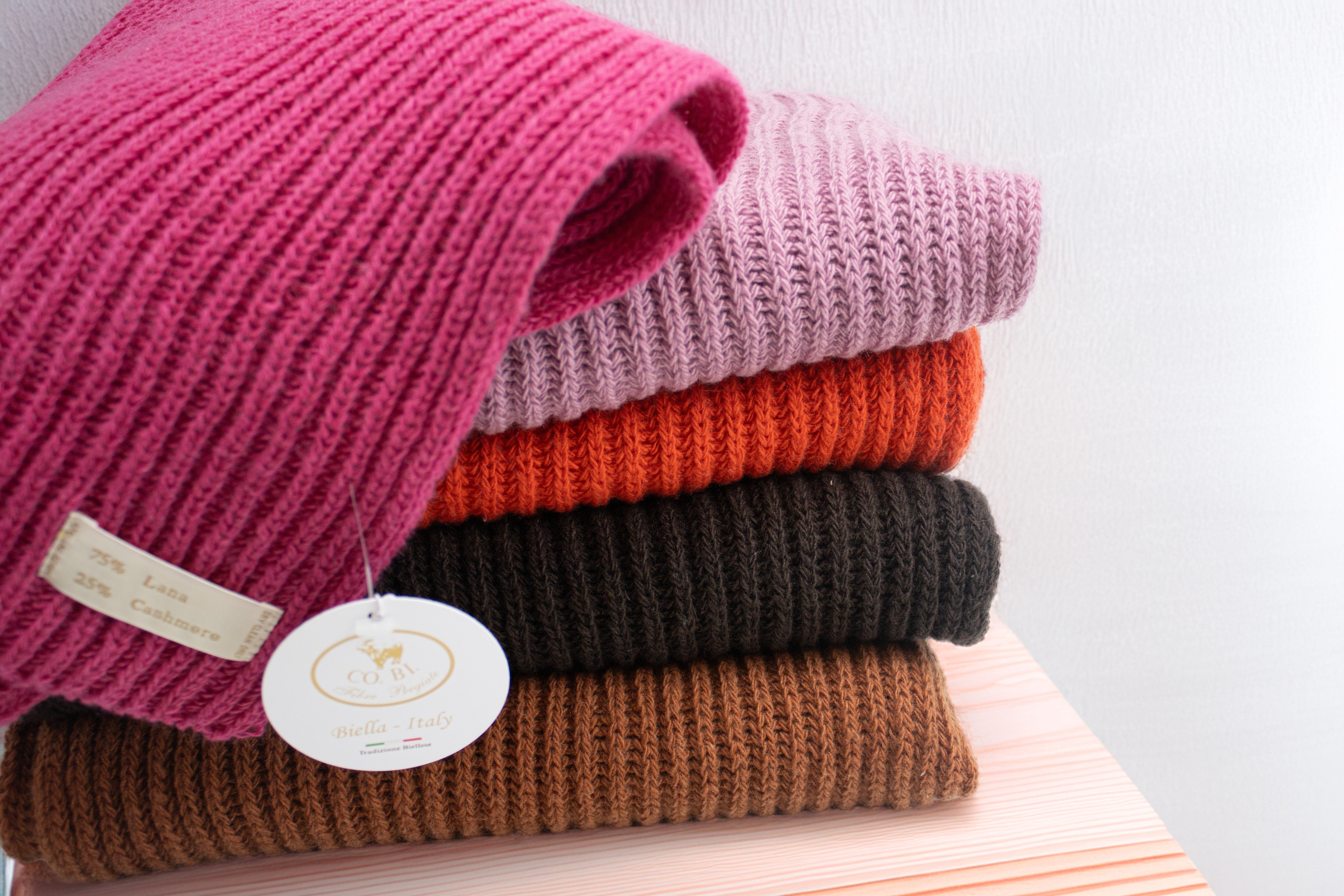

Leave a comment